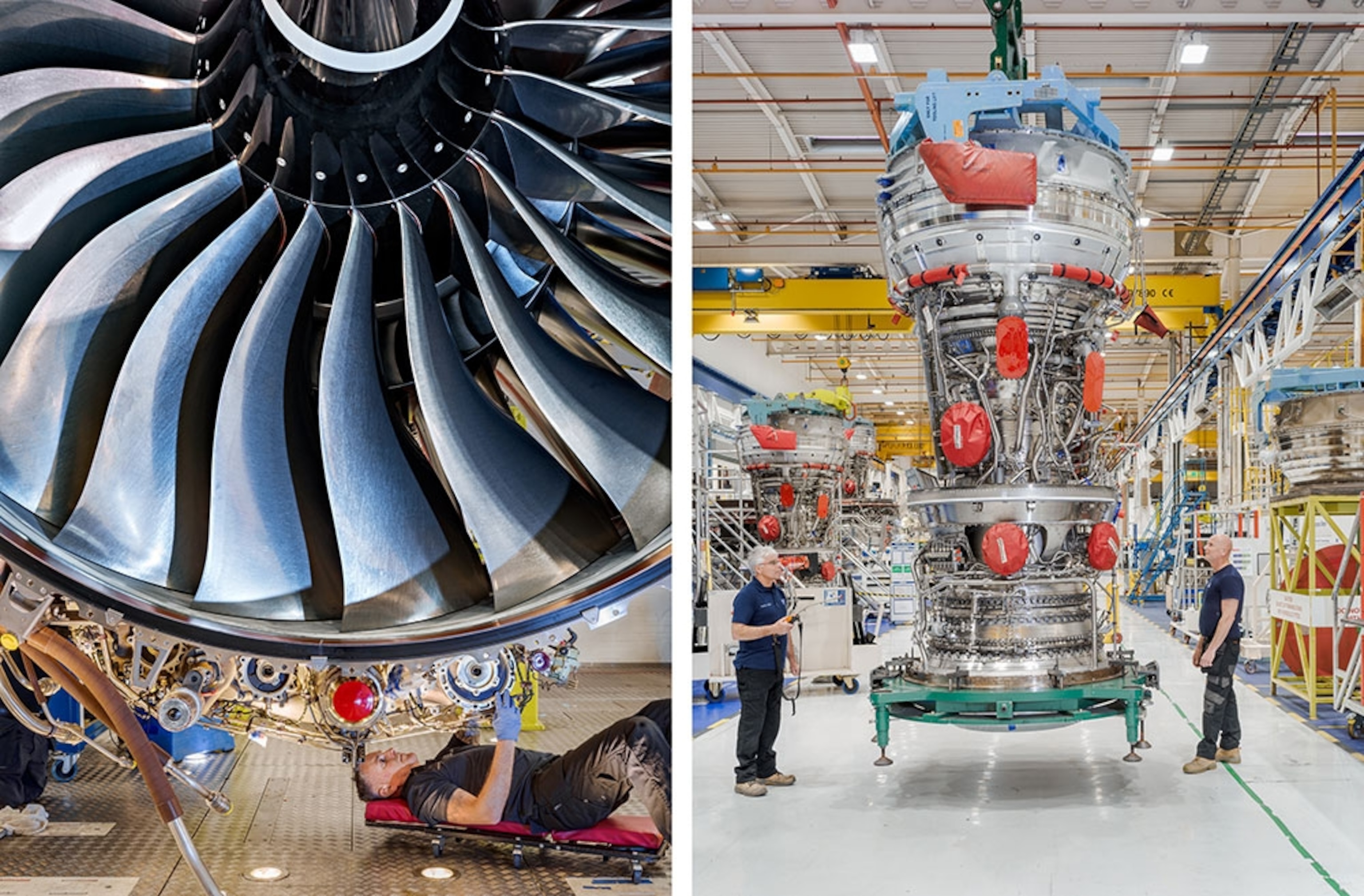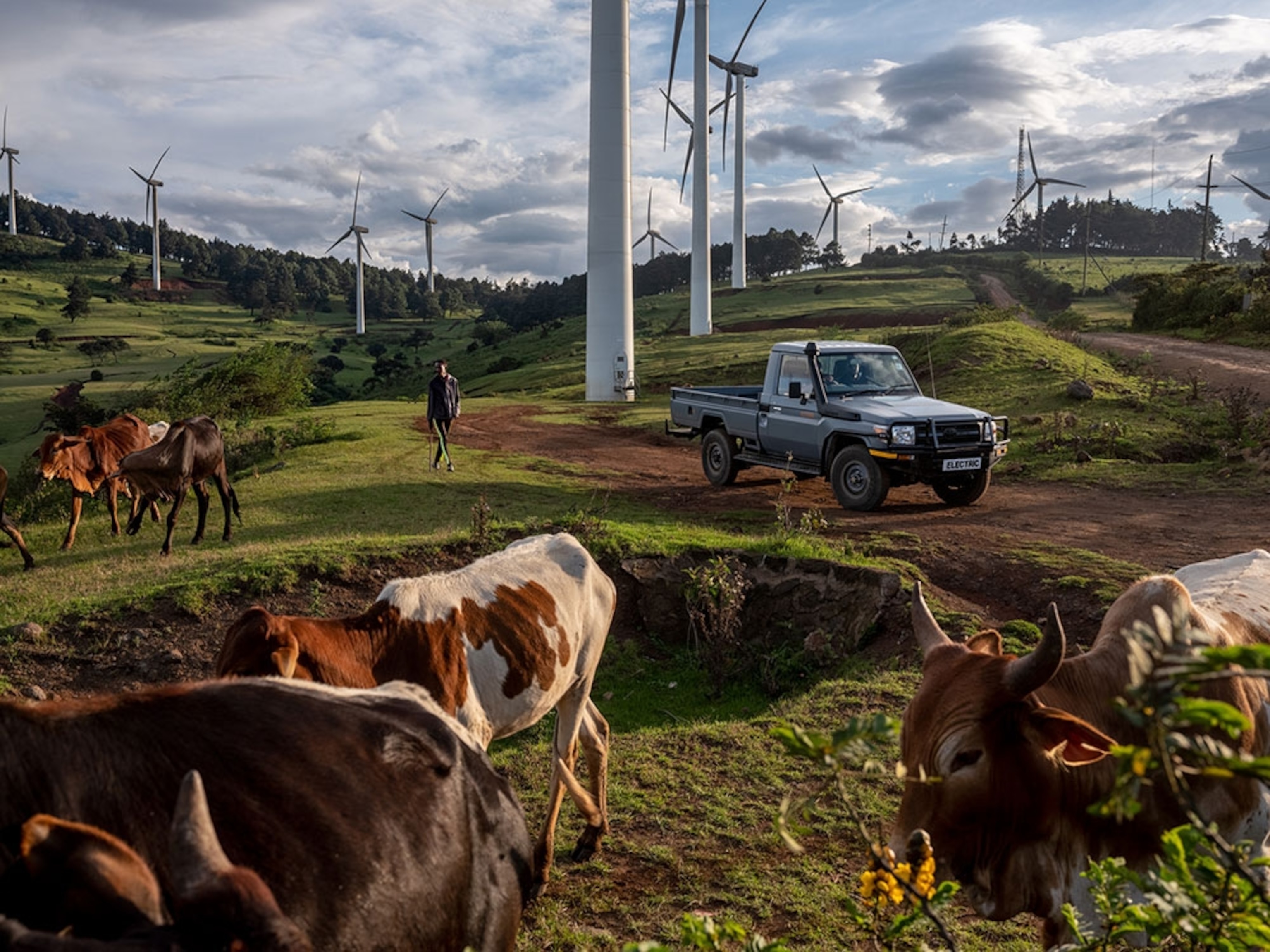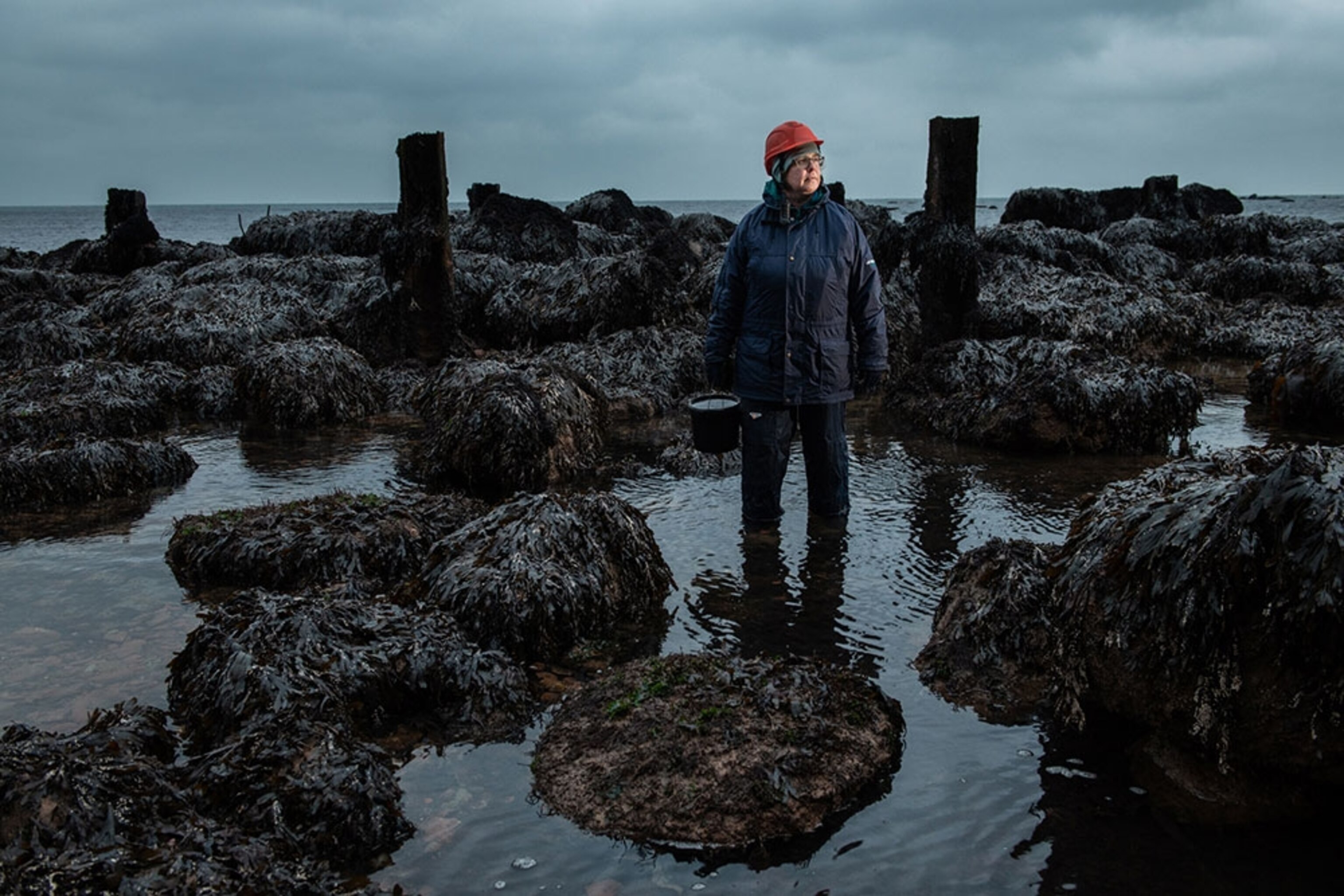
The future of transportation is green
In today’s newsletter, developing peaches that will grow in a hotter Georgia; bye bye Happy Meals; a way to save the Great Barrier Reef ... and how pets can help with climate change.
This article is an adaptation of our weekly Planet Possible newsletter that was originally sent out on September 28, 2021. Want this in your inbox? Sign up here.
By Robert Kunzig, ENVIRONMENT Executive Editor
There’s a movement out there to shame us from flying—because if you fly in planes, it’s by far the biggest contributor to your personal carbon footprint. Along with the pandemic, flight-shaming has had one good effect: It has made at least some of us think about how unnecessary some of those trips we take are, especially the ones for business.
But if you’d like to feel inspired rather than ashamed about that future, check out October's issue of National Geographic, and in particular the illustration showing a proposed V-shaped plane (video of it being tested above). The prototype is far more aerodynamic and fuel-efficient than current models. And the fuel, in this design, is hydrogen, which emits no carbon dioxide when it’s burned.
As the cover feature makes clear, zero-emissions flight is a thorny engineering problem that we’re decades away from fully solving—but the solutions, including short-hop electric planes, are on the way.
If you want to be part of the green-transportation future, check out the companion feature on electric cars by Craig Welch—and start thinking about which EV model you’re going to buy when your smelly old internal combustion engine wears out (assuming you haven’t been persuaded to ride a bike instead). Within 20 years, as another cool graphic illustrates, electric cars will dominate the global market for new vehicles. (Above left, a Rolls-Royce turbofan engine, which may someday run entirely on sustainable fuels; above right, a fan case for the engine.)
Will the new cars and planes arrive fast enough to keep dangerous climate change in check? The good news is that aviation, though the lion’s share of some individual carbon footprints, accounts for only a few percent of global emissions. Cars and trucks are a much bigger problem—and we have the technology to solve it. We just have to roll it out ASAP.
Some people can’t wait for next-gen EVs. Above, an electric-converted Toyota Land Cruiser at a Kenyan wind power station.
WE ASKED, YOU ANSWERED
Foods you’ll miss: Last week we asked about foods you may miss if climate change keeps messing with their availability. A Nat Geo and Morning Consult poll of 2,200 Americans showed 81 percent of respondents said they would miss beef (51 percent “a lot”); 77 percent would miss chocolate; 67 percent coffee; and 45 percent avocados. Some readers noted they’ve been cutting down their beef intake for health and environmental reasons. But coffee? “You can take my job,” Dan Moreillon wrote us, “but don’t touch my coffee.” Here’s a guide on foods and their effects on the Earth.
THIS WEEK'S QUESTION
Do you have an electric vehicle already or are you thinking of getting one? Why or why not? Let us know! We’ve polled Americans on this issue, and will report those findings—and some of your responses—in next week’s newsletter.
SMARTER PLANET
Growing more: See this ultra high-tech hydroponic tomato jungle in the Netherlands? Thanks to quality seeds, LED lighting, and sand sensors, this greenhouse can produce 10 times the quantity of traditional cultivation methods—with 90 percent less water. With the planet under pressure to produce more food for its growing population, how do we feed the world without destroying the planet?
TAKE FIVE
ONE MOMENT
Beauty in the everyday: What do the things we eat look like magnified hundreds of times? In a word, wondrous. Under a microscope, photographed by Robert Dash, a carrot, a blueberry seed, or a fava bean flower (above) look otherworldly—and complex. The images, writes reader Wyn McLean, “make me pause, take a breath, and take in the wonder of the world around us. … It strengthens my desire to do what I can to save and reverse today's ecological breakdown.”
FAST FORWARD
Slow but steady: The work proving climate change takes time. For nearly 60 years, researchers on a German island have measured the temperature and gathered plankton from the North Sea. Some researchers had questioned the value of that repetitive work. But the records have yielded invaluable detail on climate change, Florian Sturm writes. (Pictured above, scientist Eva-Maria Brodte on the island of Helgoland.)
We hope you liked today’s Planet Possible newsletter. This was edited and curated by Monica Williams and David Beard, and photographs were selected by Heather Kim. Have any suggestions for helping the planet or links to such stories? Let us know at david.beard@natgeo.com. Thanks for stopping by!


.jpg)

